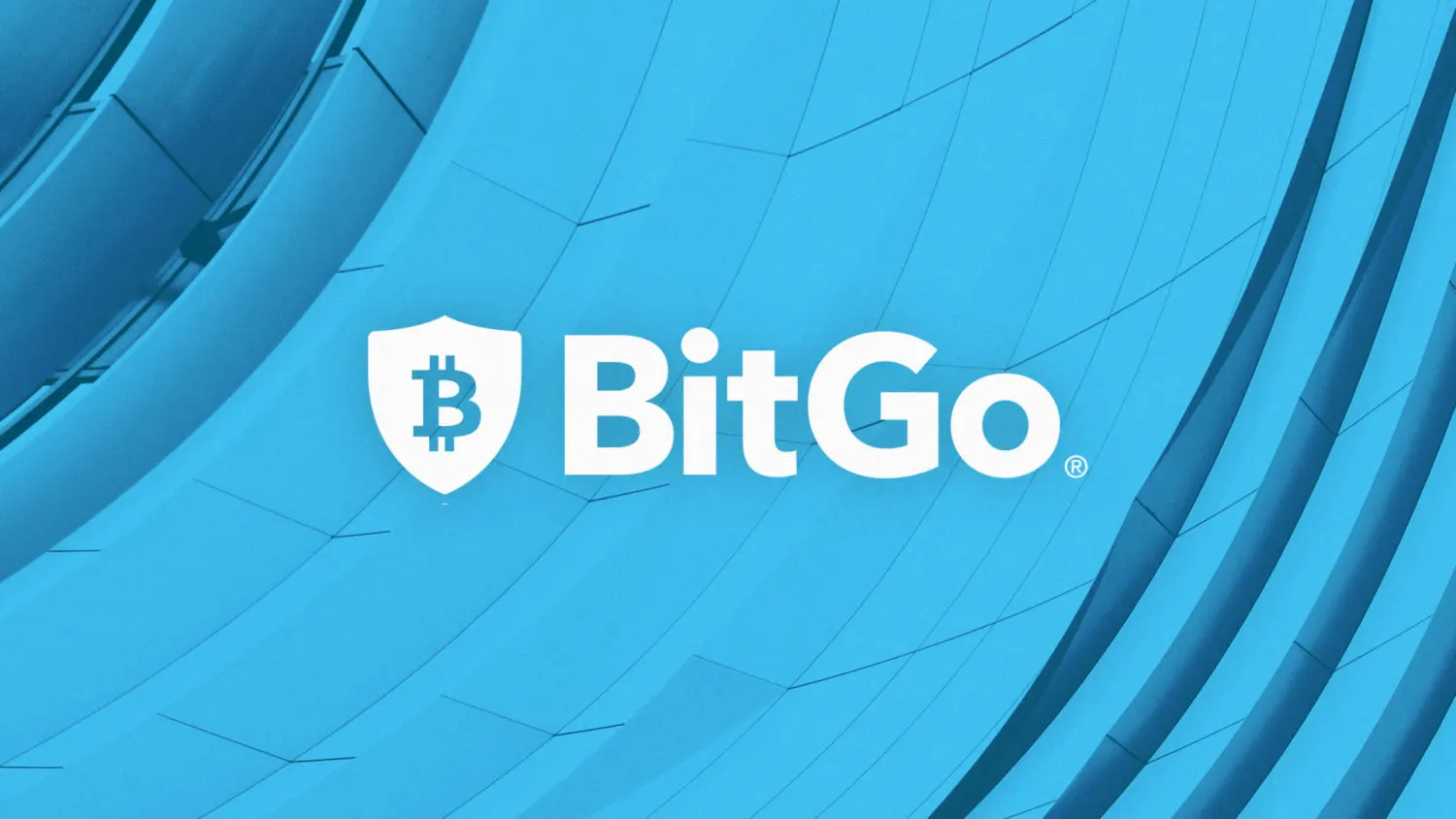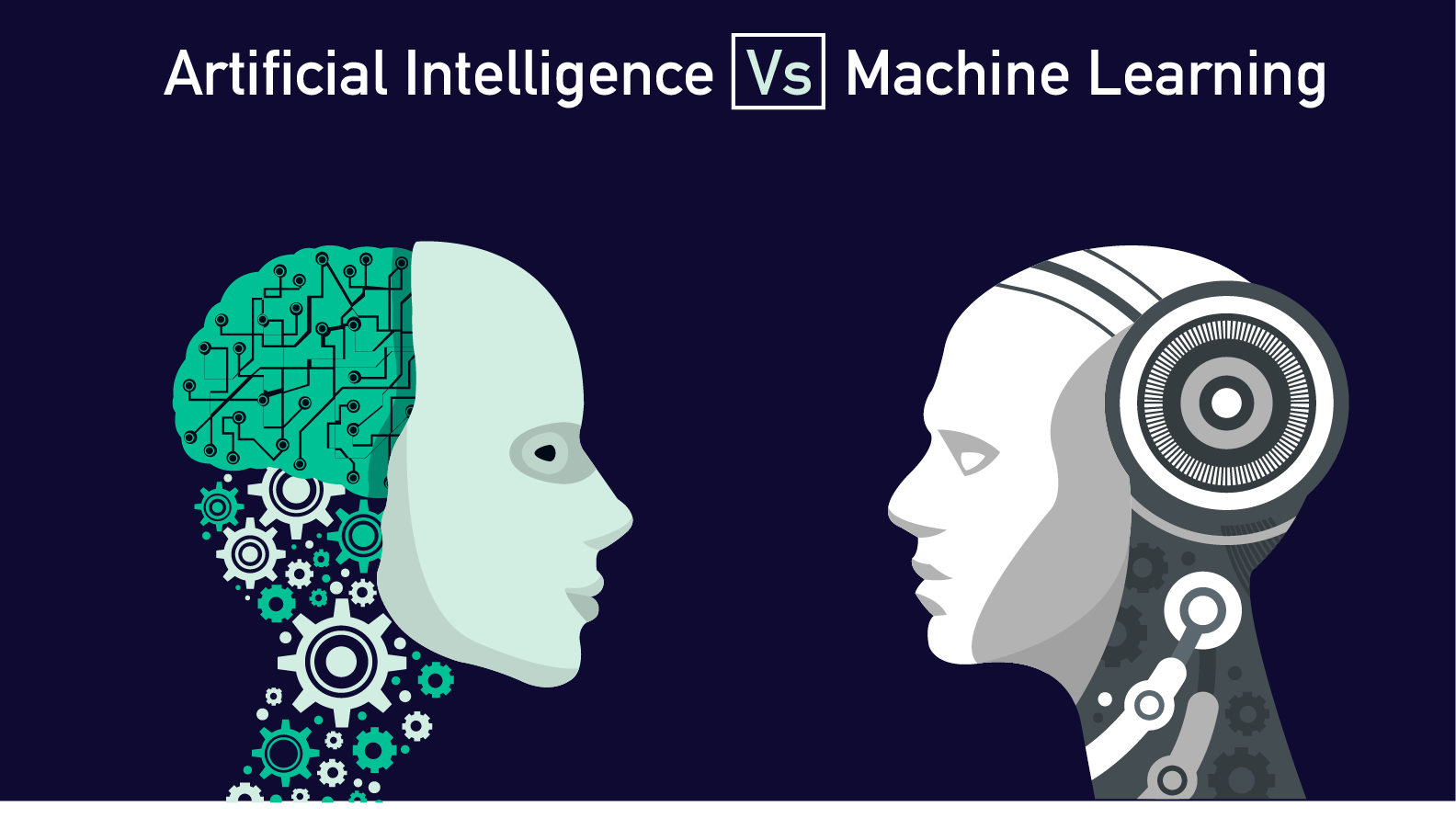The digital asset landscape has evolved dramatically, making blockchain asset management platforms essential tools for modern investors and institutions. These sophisticated platforms are revolutionizing how we store, track, and optimize cryptocurrency portfolios while providing institutional-grade security and compliance features.
Traditional asset management approaches fall short when dealing with the complexities of digital currencies, decentralized finance protocols, and cross-chain operations. Modern blockchain asset management platforms bridge this gap by offering comprehensive solutions that handle everything from basic portfolio tracking to advanced trading strategies and regulatory compliance.
Whether you’re a high-net-worth individual managing a diverse crypto portfolio or an institutional investor overseeing billions in digital assets, choosing the right platform can significantly impact your investment returns and operational efficiency. This comprehensive guide explores the leading blockchain asset management platforms, their key features, and how to select the best solution for your specific needs.
What Are Blockchain Asset Management Platforms?
Blockchain asset management platforms are specialized software solutions designed to help investors, institutions, and fund managers efficiently manage their digital asset portfolios. These platforms combine traditional asset management principles with cutting-edge blockchain technology to provide comprehensive tools for tracking, analyzing, and optimizing cryptocurrency investments.
Unlike simple portfolio trackers or basic exchange interfaces, professional blockchain asset management platforms offer enterprise-grade features including multi-signature security, institutional custody solutions, automated rebalancing, tax optimization tools, and detailed reporting capabilities. They serve as centralized hubs where users can monitor assets across multiple exchanges, wallets, and DeFi protocols.
These platforms typically integrate with major cryptocurrency exchanges, hardware wallets, and decentralized applications to provide real-time portfolio visibility. They also offer advanced analytics, risk management tools, and compliance features that meet institutional standards and regulatory requirements across different jurisdictions.
The sophistication of modern blockchain asset management platforms extends beyond simple buy-and-hold strategies. Many platforms now support complex trading strategies, yield farming optimization, liquidity mining management, and automated portfolio rebalancing based on predefined rules and market conditions.
Key Features of Leading Blockchain Asset Management Platforms
Multi-Exchange Integration and Unified Portfolio View
Top-tier blockchain asset management platforms excel at aggregating data from multiple sources to provide a comprehensive view of your digital asset holdings. These platforms typically integrate with dozens of major exchanges, including Binance, Coinbase Pro, Kraken, and Gemini, automatically synchronizing trade data and current balances.
The unified dashboard eliminates the need to log into multiple exchange accounts to check portfolio performance. Users can view their entire digital asset portfolio in one place, including assets held in cold storage wallets, DeFi protocols, and various centralized exchanges.
Advanced platforms also support API integrations with lesser-known exchanges and decentralized platforms, ensuring that even the most diverse portfolios are fully captured and analyzed. This comprehensive approach is crucial for institutional investors who often spread their holdings across multiple platforms for risk management and liquidity purposes.
Institutional-Grade Security and Custody Solutions
Security remains the paramount concern for any blockchain asset management platform. Leading solutions implement multiple layers of security, including multi-signature wallets, hardware security modules (HSMs), and advanced encryption protocols to protect user assets and sensitive data.
Many platforms offer integrated custody solutions or partnerships with established digital asset custodians. These arrangements provide institutional-grade security standards that meet regulatory requirements for fiduciary asset management. Cold storage integration ensures that the majority of assets remain offline and protected from potential cyber threats.
Two-factor authentication, IP whitelisting, and advanced access controls are standard features across professional platforms. Some solutions also implement advanced security measures like biometric authentication, transaction confirmation via multiple channels, and automated security monitoring systems that detect unusual activity patterns.
Advanced Analytics and Reporting Capabilities
Professional blockchain asset management platforms distinguish themselves through sophisticated analytics and reporting features. These tools provide deep insights into portfolio performance, risk metrics, and market trends that inform strategic investment decisions.
Real-time performance tracking includes detailed profit and loss calculations, asset allocation breakdowns, and comparative analysis against market benchmarks. Advanced platforms calculate metrics like Sharpe ratio, maximum drawdown, and volatility measures to help users understand their risk-adjusted returns.
Customizable reporting features allow users to generate detailed reports for stakeholders, regulatory compliance, or internal analysis. These reports can include transaction histories, tax calculations, compliance documentation, and performance summaries formatted according to specific requirements.
Top Blockchain Asset Management Platforms in 2025
Enterprise-Level Solutions
Fireblocks stands out as a leading institutional blockchain asset management platform, serving major banks, hedge funds, and fintech companies worldwide. The platform offers comprehensive custody solutions, advanced transaction routing, and extensive compliance tools designed for high-volume institutional operations.
Their multi-party computation (MPC) technology eliminates single points of failure while maintaining operational efficiency. Fireblocks supports over 1,000 digital assets and integrates with more than 40 exchanges and OTC desks, making it ideal for institutions requiring broad market access and sophisticated trading capabilities.
BitGo has established itself as a trusted name in institutional digital asset services, offering both custody and portfolio management solutions. Their platform combines enterprise-grade security with user-friendly interfaces, making it accessible for institutions transitioning from traditional asset management to digital assets.

The platform’s strength lies in its regulatory compliance features and insurance coverage, providing institutional clients with the confidence needed to allocate significant capital to digital assets. BitGo’s API-first approach also enables seamless integration with existing institutional infrastructure.
Mid-Market Professional Solutions
Coinigy serves as a comprehensive trading and portfolio management platform that bridges the gap between retail and institutional solutions. The platform aggregates data from over 45 exchanges and provides professional-grade charting tools, automated trading capabilities, and portfolio tracking features.
Their strength lies in providing institutional-quality tools at accessible price points, making advanced blockchain asset management capabilities available to smaller investment firms and high-net-worth individuals. The platform’s extensive API support and customization options appeal to technically sophisticated users.
CoinTracker has evolved from a simple tax reporting tool into a comprehensive blockchain asset management platform. The platform excels at transaction tracking across multiple exchanges and wallets while providing detailed tax optimization features and portfolio analytics.
Their automated transaction categorization and tax loss harvesting recommendations help users optimize their tax efficiency while maintaining comprehensive portfolio oversight. The platform’s integration with major accounting software makes it particularly valuable for businesses managing digital assets.
How to Choose the Right Blockchain Asset Management Platform
Assessing Your Specific Requirements
Selecting the optimal blockchain asset management platform begins with a thorough assessment of your specific needs and constraints. Consider the size and complexity of your digital asset portfolio, including the number of different cryptocurrencies you hold and the various platforms where your assets are stored.
Institutional investors typically require more sophisticated features like multi-signature support, advanced compliance reporting, and integration with existing treasury management systems. Individual investors might prioritize ease of use, cost-effectiveness, and comprehensive tax reporting capabilities.
Evaluate your trading frequency and strategy complexity. High-frequency traders need platforms with low-latency connections and advanced order management systems, while long-term holders might focus more on security features and portfolio tracking capabilities.
Security and Compliance Considerations
Security should be the top priority when evaluating blockchain asset management platforms. Look for platforms that implement industry best practices, including multi-signature wallets, hardware security modules, and comprehensive audit trails for all transactions and access events.
Regulatory compliance requirements vary significantly by jurisdiction and investor type. Institutional investors must ensure their chosen platform meets relevant regulatory standards such as SOC 2 Type II compliance, GDPR requirements, and specific financial services regulations in their operating jurisdictions.
Consider the platform’s insurance coverage and liability policies. While insurance cannot eliminate all risks, comprehensive coverage provides additional protection against potential losses due to platform failures or security breaches.
Integration and Scalability Factors
Evaluate how well potential platforms integrate with your existing infrastructure and workflows. Look for robust API documentation, established integration partnerships, and support for the specific exchanges and wallets you currently use.
Scalability considerations include both technical capacity and pricing structure. Ensure the platform can handle your current transaction volumes and asset values while providing room for growth. Review pricing tiers carefully to understand how costs will scale with your portfolio size and activity levels.
Consider the platform’s track record of reliability and uptime. Downtime during critical market movements can result in significant losses, making platform stability a crucial factor in your selection process.
Implementation Best Practices for Blockchain Asset Management Platforms
Setting Up Your Portfolio Infrastructure
Successful implementation of blockchain asset management platforms requires careful planning and systematic setup procedures. Begin by conducting a comprehensive audit of your current digital asset holdings across all exchanges, wallets, and platforms to ensure complete portfolio visibility.
Establish clear security protocols before connecting any accounts or transferring assets. This includes setting up secure communication channels, defining access controls, and implementing backup procedures for critical account information and recovery phrases.
Create standardized naming conventions and categorization systems for your assets and transactions. Consistent organization from the beginning will save significant time and effort as your portfolio grows and becomes more complex.
Optimizing Platform Configuration
Most blockchain asset management platforms offer extensive customization options that can significantly impact their effectiveness for your specific use case. Take time to configure dashboards, alerts, and reporting features according to your investment strategy and monitoring preferences.
Set up automated alerts for significant price movements, portfolio allocation changes, and security events. Proper alert configuration helps you stay informed of important developments without being overwhelmed by unnecessary notifications.
Configure tax settings and reporting preferences early in your platform usage. Many platforms can retroactively process historical data, but setting up proper categorization and accounting methods from the start ensures more accurate long-term reporting.
Ongoing Management and Optimization
Regular platform maintenance and optimization are essential for maximizing the value of your blockchain asset management platform. Schedule periodic reviews of your security settings, access permissions, and integration configurations to ensure they remain aligned with your current needs.
Stay informed about platform updates and new features that could benefit your investment strategy. Many platforms regularly add support for new assets, exchanges, and analytical tools that can enhance your portfolio management capabilities.
Monitor platform performance metrics and user feedback to identify potential issues before they impact your operations. Maintain relationships with platform support teams and participate in user communities to stay informed about best practices and emerging trends.
Advanced Features and Emerging Trends
Artificial Intelligence and Machine Learning Integration
The integration of artificial intelligence and machine learning technologies is transforming blockchain asset management platforms. These advanced capabilities enable more sophisticated portfolio optimization, risk assessment, and predictive analytics that can significantly enhance investment performance.

AI-powered platforms can analyze vast amounts of market data, social sentiment, and technical indicators to identify potential trading opportunities and risk factors. Machine learning algorithms continuously improve their performance by learning from historical data and market patterns.
Some platforms now offer AI-driven portfolio rebalancing that automatically adjusts allocations based on market conditions and predefined risk parameters. These systems can execute complex strategies that would be difficult or impossible to manage manually.
DeFi Integration and Yield Optimization
Decentralized Finance (DeFi) integration has become a crucial feature for modern blockchain asset management platforms. These integrations allow users to participate in yield farming, liquidity mining, and other DeFi protocols directly from their portfolio management interface.
Advanced platforms provide comprehensive tracking of DeFi positions, including impermanent loss calculations, yield tracking, and risk assessment for various protocols. This functionality is essential for investors looking to optimize returns while managing the additional complexities of DeFi investments.
Automated yield optimization tools can identify the best opportunities across different DeFi protocols and automatically move assets to maximize returns while maintaining acceptable risk levels. These features require sophisticated smart contract integration and risk management capabilities.
Cross-Chain Asset Management
As the blockchain ecosystem becomes increasingly multi-chain, leading asset management platforms are developing comprehensive cross-chain capabilities. These features enable seamless management of assets across different blockchain networks, including Ethereum, Binance Smart Chain, Polygon, and Solana.
Cross-chain functionality includes asset bridging, multi-chain portfolio tracking, and unified analytics across different blockchain networks. This capability is crucial for investors looking to diversify across different blockchain ecosystems while maintaining centralized management and oversight.
Advanced platforms are beginning to offer cross-chain arbitrage opportunities and automated asset bridging based on optimal yield opportunities across different networks. These features require sophisticated infrastructure and deep integration with multiple blockchain networks.
Regulatory Compliance and Risk Management
Meeting Institutional Compliance Standards
Institutional blockchain asset management platforms must navigate complex regulatory environments while providing comprehensive compliance tools. These platforms typically offer detailed audit trails, transaction monitoring, and reporting capabilities that meet institutional compliance requirements.
Know Your Customer (KYC) and Anti-Money Laundering (AML) compliance features are standard for institutional platforms. These tools help institutions meet their regulatory obligations while efficiently onboarding new clients and monitoring ongoing activities.
Regular compliance reporting automation helps institutions meet their regulatory filing requirements while reducing the administrative burden associated with manual reporting processes. Advanced platforms can generate reports in formats required by specific regulatory authorities.
Risk Management and Monitoring Systems
Comprehensive risk management capabilities are essential features of professional blockchain asset management platforms. These systems provide real-time monitoring of portfolio risk metrics, concentration limits, and exposure levels across different asset classes and market segments.
Advanced risk management features include stress testing capabilities that model portfolio performance under various market scenarios. These tools help investors understand potential losses and adjust their strategies accordingly.
Automated risk monitoring systems can trigger alerts when portfolio metrics exceed predefined thresholds, enabling proactive risk management and rapid response to changing market conditions.
Cost Analysis and ROI Considerations
Platform Pricing Models and Total Cost of Ownership
Blockchain asset management platforms typically employ various pricing models, including flat monthly fees, percentage-based fees on assets under management, and transaction-based pricing. Understanding these models and their implications for your specific use case is crucial for making cost-effective platform selections.
Consider not just the direct platform costs but also the total cost of ownership, including integration expenses, training costs, and ongoing maintenance requirements. Some platforms require significant upfront investment in setup and customization,n while others offer more straightforward implementation.
Evaluate the potential cost savings from improved efficiency, better tax optimization, and enhanced security features. Many platforms pay for themselves through improved operational efficiency and reduced manual work requirements.
Measuring Return on Investment
Calculate the return on investment from blockchain asset management platforms by considering both direct financial benefits and operational improvements. Direct benefits include better investment performance through improved analytics and automated optimization features.
Operational benefits include reduced time spent on manual portfolio tracking, improved accuracy in tax reporting, and enhanced security that reduces the risk of costly security incidents. These benefits can be significant for larger portfolios or institutional operations.
Consider the opportunity cost of not using advanced management tools. In rapidly moving cryptocurrency markets, the ability to quickly respond to opportunities and efficiently manage complex portfolios can result in significant performance improvements.
Read More: Beginners’ Guide to Bitcoin: All You Need to Know.
Future Outlook and Industry Trends
Emerging Technologies and Platform Evolution
The blockchain asset management industry continues to evolve rapidly with new technologies and capabilities emerging regularly. Quantum computing preparations, advanced cryptographic techniques, and improved interoperability solutions are shaping the next generation of platforms.
Integration with traditional financial systems is becoming more sophisticated, with platforms offering seamless connections to banking systems, traditional brokerages, and institutional infrastructure. This integration helps bridge the gap between traditional and digital asset management.
The development of regulatory frameworks specifically for digital assets is influencing platform development, with new compliance features and reporting capabilities being regularly added to meet evolving requirements.
Market Consolidation and Specialization Trends
The blockchain asset management platform market is experiencing both consolidation and specialization trends. Larger platforms are acquiring smaller specialized solutions to offer more comprehensive services, while niche platforms are developing deep expertise in specific areas like DeFi or institutional custody.
This trend is creating opportunities for investors to choose between comprehensive all-in-one solutions and best-of-breed specialized platforms that can be integrated to create customized management infrastructures.
The emergence of platform-as-a-service models is enabling smaller investment firms to access institutional-grade capabilities without the substantial infrastructure investments traditionally required.
Conclusion
Blockchain asset management platforms have become indispensable tools for serious cryptocurrency investors and institutions looking to optimize their digital asset strategies. The platforms discussed in this guide offer varying levels of sophistication, security, and functionality to meet different investor needs and requirements.
The key to success lies in carefully evaluating your specific requirements, security needs, and growth plans before selecting a platform. Consider factors like portfolio complexity, regulatory requirements, integration needs, and long-term scalability when making your decision.
As the digital asset ecosystem continues to mature, blockchain asset management platforms will play an increasingly important role in institutional adoption and mainstream investment strategies. The platforms that succeed will be those that combine robust security, comprehensive functionality, and seamless user experiences while adapting to evolving regulatory requirements and market conditions.
FAQs
Q: What is the minimum investment required for blockchain asset management platforms?
Most professional blockchain asset management platforms have minimum investment requirements ranging from $10,000 to $1 million, depending on the service level and features included. Enterprise-level platforms typically require higher minimums due to their sophisticated infrastructure and compliance capabilities. Some platforms offer tiered pricing that allows smaller investors to access basic features with lower minimums.
Q: How do blockchain asset management platforms ensure the security of digital assets?
Leading platforms implement multiple security layers, including multi-signature wallets, hardware security modules (HSMs), cold storage integration, and comprehensive access controls. They typically undergo regular security audits, maintain insurance coverage, and employ advanced monitoring systems to detect suspicious activities. Many platforms also partner with established custodial services to provide institutional-grade security standards.
Q: Can blockchain asset management platforms handle tax reporting for cryptocurrency investments?
Yes, most professional platforms include comprehensive tax reporting features that track all transactions, calculate gains and losses, and generate reports compatible with major tax software. They typically support various accounting methods (FIFO, LIFO, specific identification) and can handle complex scenarios like DeFi transactions, staking rewards, and cross-chain activities. However, users should always consult with tax professionals for specific advice.
Q: How do these platforms integrate with existing investment portfolios and traditional assets?
Many modern blockchain asset management platforms offer integration capabilities with traditional portfolio management systems through APIs and data export features. Some platforms provide unified dashboards that display both digital and traditional assets, while others focus specifically on digital assets but offer export capabilities for integration with existing systems. The level of integration varies significantly between platforms.
Q: What are the typical fees associated with blockchain asset management platforms?
Fees vary widely depending on the platform and service level, typically ranging from 0.25% to 2% of assets under management annually. Some platforms charge flat monthly fees ranging from $50 to $500, while others use transaction-based pricing. Enterprise solutions often require custom pricing based on specific requirements, such as blockchain asset management platforms. Additional fees may apply for premium features, API access, or specialized services.








